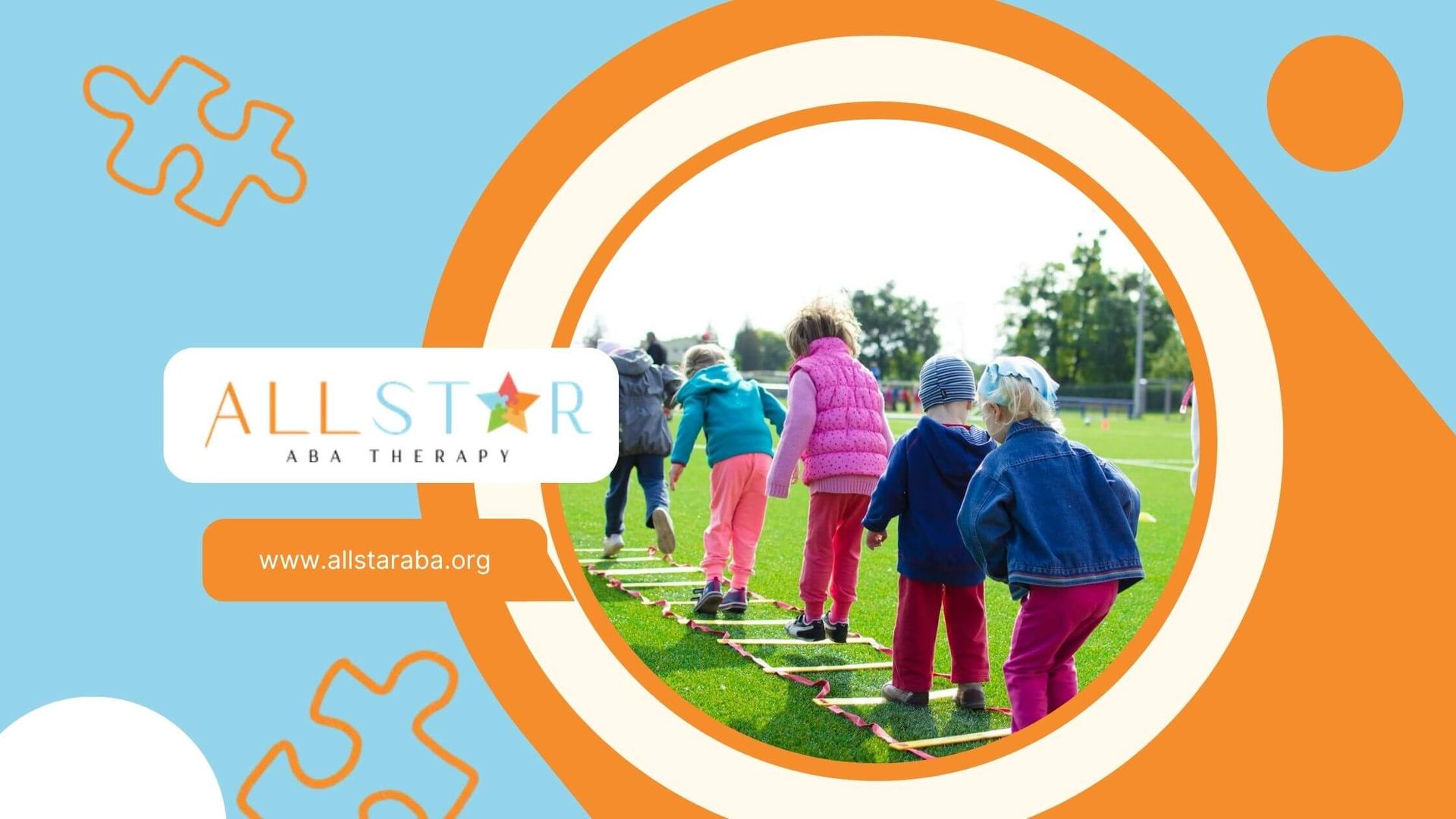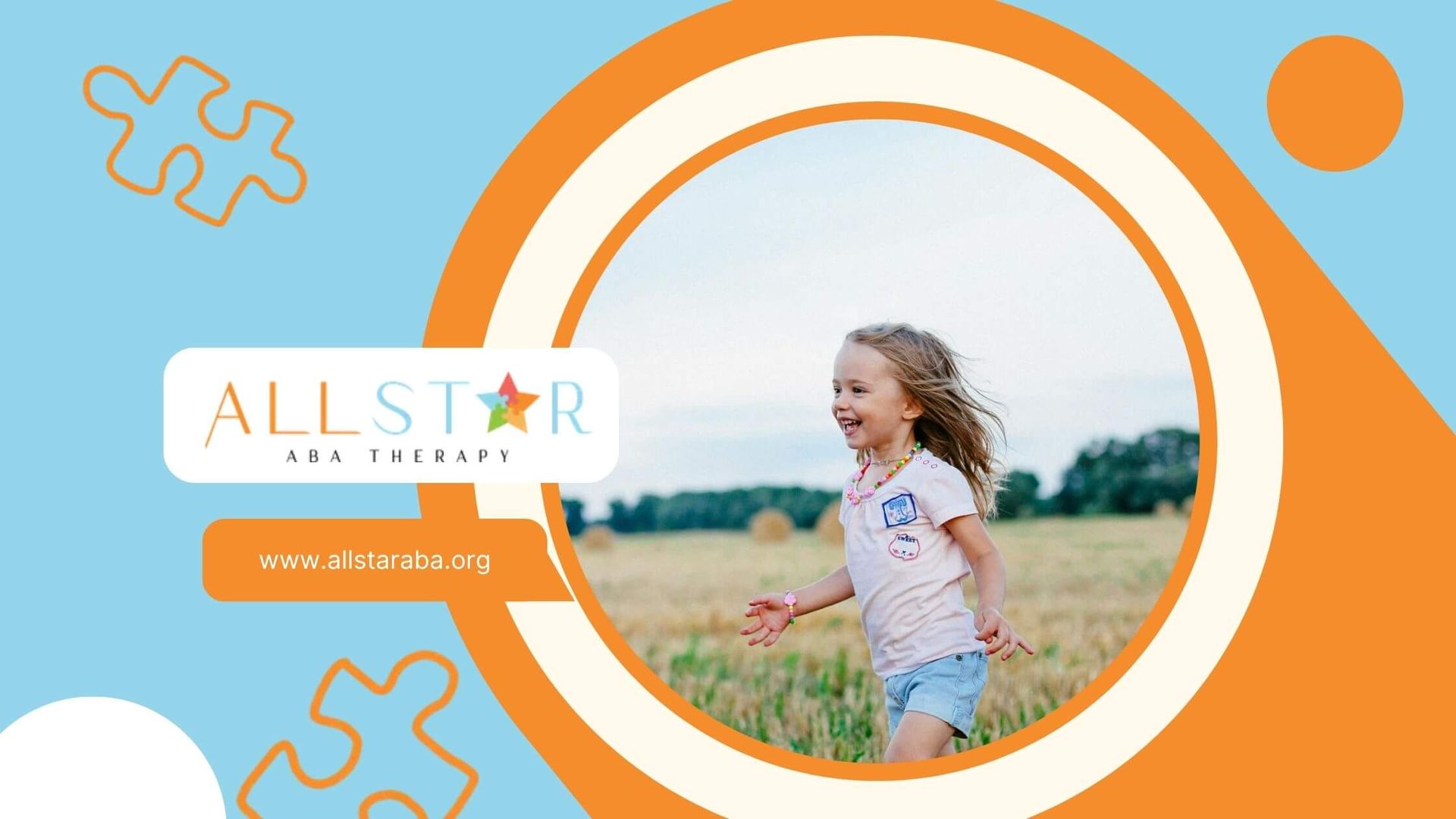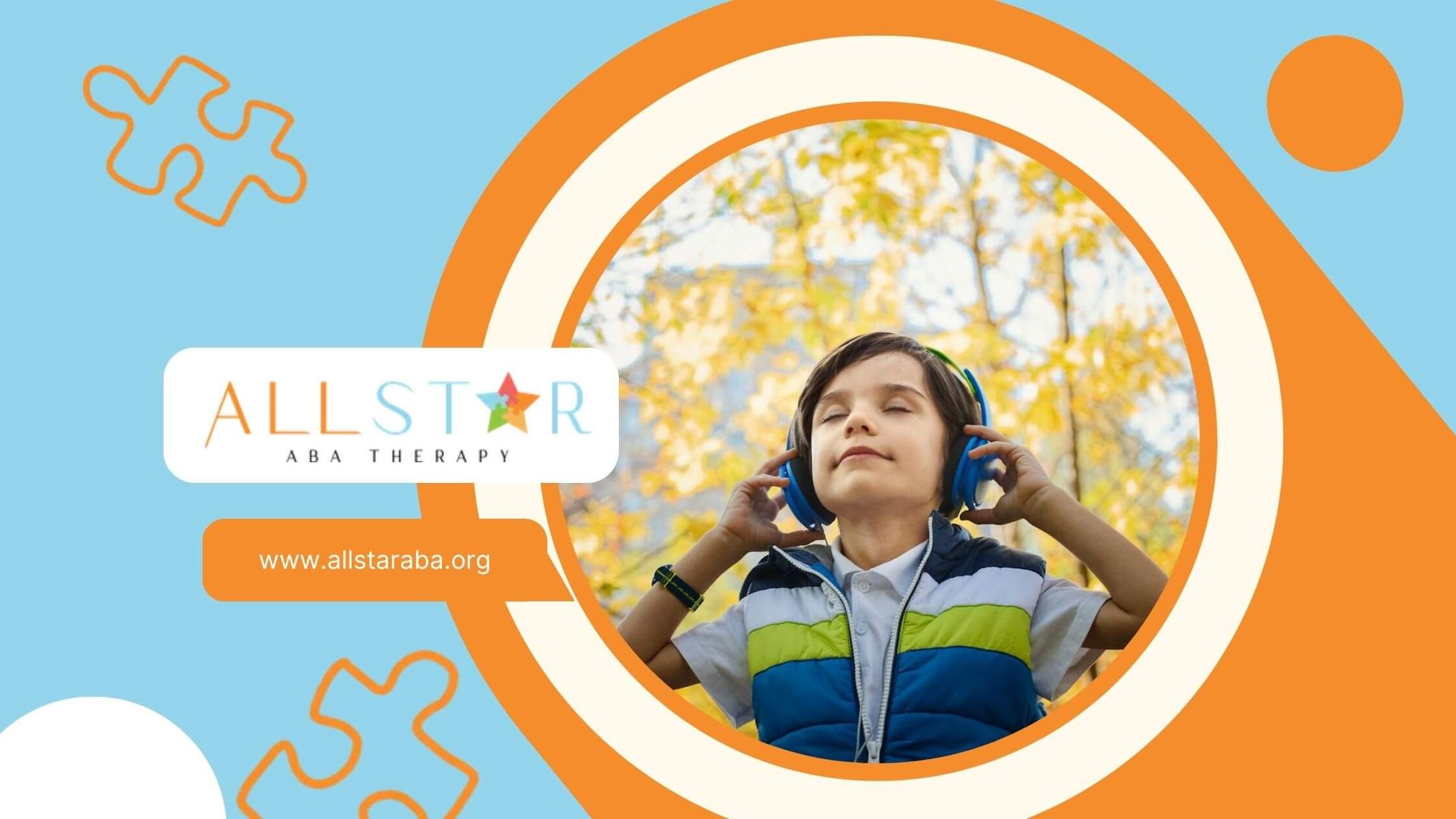New Paragraph
When Will ABA Therapy Show Results? What to Expect
Applied Behavior Analysis (ABA) therapy is widely recognized as one of the most effective interventions for individuals with Autism Spectrum Disorder (ASD). However, one of the most common questions asked by families starting ABA therapy is, "How long will it take to see results?" While this is a natural question, the answer is not straightforward, as the timeline for seeing progress in ABA therapy depends on several factors.
Factors Influencing ABA Therapy Results
The timeline for seeing results from ABA therapy can vary widely based on a number of factors. Understanding these factors can help families set realistic expectations and remain patient throughout the therapy process.
1. Individual Differences
Every child with autism is unique, with their own strengths, challenges, and learning styles. These individual differences play a significant role in how quickly a child responds to ABA therapy. Factors such as the child’s age, cognitive abilities, communication skills, and the severity of their autism symptoms can all influence the rate of progress.
For example, a child who has milder symptoms and strong communication skills may show faster progress in certain areas, such as language development or social interaction, compared to a child with more severe symptoms or significant language delays.
2. Intensity of Therapy
The intensity of ABA therapy, often measured in hours per week, is another critical factor in determining how quickly results may be seen. Research suggests that more intensive therapy (20-40 hours per week) is associated with better outcomes, particularly for young children.
The consistency and frequency of therapy sessions provide more opportunities for learning and reinforcement, which can accelerate progress.
However, it’s important to note that while intensive therapy can lead to faster results, it’s equally important to balance therapy with time for rest, play, and family activities to ensure the child’s overall well-being.
3. Quality of the ABA Program
The effectiveness of an ABA program is also influenced by the quality of the therapy provided. A well-designed, individualized ABA program that is delivered by experienced and trained professionals is more likely to produce positive results.
This includes the use of evidence-based techniques, regular data collection to monitor progress, and ongoing adjustments to the therapy plan based on the child’s needs.
Families should look for ABA providers who are Board Certified Behavior Analysts (BCBAs) or have similar qualifications, as these professionals are trained to develop and implement effective therapy programs.
4. Parental Involvement
Parental involvement is a crucial component of successful ABA therapy. When parents are actively engaged in their child’s therapy, including participating in sessions, practicing skills at home, and reinforcing positive behaviors, the child is more likely to make progress.
Consistency between therapy sessions and the home environment helps reinforce the skills being taught, leading to faster and more sustained improvements.
5. Specific Goals and Targeted Behaviors
The specific goals set for ABA therapy can also influence the timeline for seeing results. Some goals, such as reducing problem behaviors or teaching basic communication skills, may show noticeable improvements within a few months. Other, more complex goals, like developing advanced social skills or achieving greater independence, may take longer to accomplish.
Setting realistic, measurable goals and regularly reviewing progress with the ABA team can help families understand the expected timeline for each objective.
Typical Timeline for ABA Therapy Results
While it’s challenging to provide a definitive timeline for when results will be seen, here are some general observations based on research and clinical experience:
Early Progress: First 3-6 Months
In the first few months of ABA therapy, families may begin to see initial progress in areas such as compliance with simple instructions, reduction in problematic behaviors, and early communication skills.
This period is often focused on building rapport between the therapist and the child, establishing routines, and introducing basic behavioral interventions.
During this time, the ABA team will likely conduct ongoing assessments to fine-tune the therapy plan and ensure that it is meeting the child’s needs.
Continued Progress: 6-12 Months
Between six months and a year into therapy, more significant progress may become evident. Many children begin to show improvements in language development, social interactions, and daily living skills. The therapy sessions may also start to address more complex behaviors and skills, such as play skills, peer interactions, and academic readiness.
The consistency of therapy and the child’s response to the interventions will play a significant role in the extent of progress seen during this period.
Long-Term Progress: 1 Year and Beyond
ABA therapy is often a long-term commitment, particularly for young children with autism. After a year or more of consistent therapy, many children show substantial improvements in various areas of development.
These may include advanced communication skills, improved social behaviors, greater independence in daily activities, and better emotional regulation.
Long-term progress is also about maintaining and generalizing the skills learned in therapy across different settings, such as home, school, and community environments.
Continued collaboration between the ABA team, family, and other professionals (e.g., teachers, speech therapists) is essential for supporting the child’s ongoing development.
How to Maximize the Effectiveness of ABA Therapy
To help your child achieve the best possible outcomes from ABA therapy, consider the following tips:
Choose the Right ABA Provider
Selecting a qualified and experienced ABA provider is crucial for effective therapy. Look for a provider who tailors the therapy to your child’s unique needs and involves the family in the process.
Set Realistic Expectations
Understand that ABA therapy is a gradual process, and progress may take time. Celebrate small victories along the way and stay patient and positive.
Stay Involved
Actively participate in your child’s therapy by attending sessions, practicing skills at home, and maintaining open communication with the ABA team.
Ensure Consistency
Consistency in implementing ABA strategies across different settings (home, school, community) is key to reinforcing the skills learned in therapy.
Monitor Progress
Regularly review your child’s progress with the ABA team and adjust the therapy plan as needed to ensure it continues to meet your child’s evolving needs.
Conclusion
The timeline for seeing results from ABA therapy varies depending on several factors, including the child’s individual characteristics, the intensity of therapy, the quality of the program, and parental involvement. While some progress can be seen within the first few months, significant, long-term improvements often require a sustained commitment to therapy over several years.
At All Star ABA, we are dedicated to helping children with autism reach their full potential through personalized, evidence-based ABA therapy. Our experienced team of professionals works closely with families to develop and implement effective therapy plans that support each child’s unique needs. If you’re considering ABA therapy for your child or want to learn more about how it can help, contact All Star ABA today to schedule a consultation.
FAQs
How long does it take to see results from ABA therapy?
The timeline for seeing results varies, but initial progress is often seen within the first 3-6 months, with more significant improvements over 6-12 months or longer.
What factors influence the effectiveness of ABA therapy?
Factors such as the child’s individual differences, the intensity of therapy, the quality of the ABA program, and parental involvement all influence how quickly progress is made.
Can ABA therapy be effective for older children or adults?
Yes, ABA therapy can be effective for individuals of all ages, although the specific goals and strategies may differ depending on the person’s developmental stage.
Need Support?
We're Here to Help!
Our experienced team is ready to assist you. Reach out today to discuss how we can support your child's development and well-being.
Get started with expert ABA therapy today.








